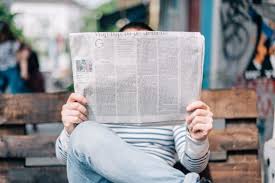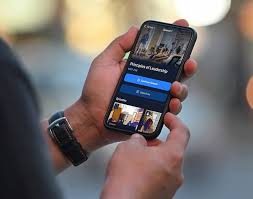
The Vibrant Tapestry of LGBT Culture
The LGBT community has a rich and diverse cultural heritage that spans across different nations and histories. From the early days of social movements advocating for gay rights to contemporary discussions on gender identity and expression, the journey has been marked by significant milestones. Organizations like lgbt kifkif empower voices within the community and promote inclusivity, ensuring that the love and acceptance for all individuals remain at the forefront of societal discussions.
A Brief History of LGBT Rights
The journey towards the recognition and acceptance of LGBT rights has been long and arduous. It can be traced back to the ancient civilizations where fluid sexual identities were often more accepted. However, the modern LGBT rights movement began in the mid-20th century, particularly after key events such as the Stonewall Riots in 1969 in New York City. These riots marked a turning point, acting as a catalyst for the liberation movement across the globe.
In the following decades, numerous organizations were formed to advocate for the rights of LGBT individuals, pushing back against systemic discrimination and violence. Activists fought not only for the decriminalization of homosexuality but also for societal acceptance, healthcare rights, and equality in marriage. By the 21st century, many countries had begun to recognize same-sex marriages and legal protections for LGBT individuals, reflecting the progress made over the decades.

The Role of Art and Culture in LGBT Expression
Art has often served as a powerful medium for LGBT expression. From literature to cinema, music, and visual arts, artists have used their creativity to reflect the struggles, joys, and complexities of LGBT lives. Icons like Virginia Woolf, James Baldwin, and Frida Kahlo have touched upon themes of love and identity that resonate with LGBT experiences.
The rise of LGBTQ cinema in the late 20th century provided visibility to queer narratives, telling stories that had long been marginalized. Films like “Paris Is Burning” and “Moonlight” have illustrated the diverse experiences within the community, bringing issues of race, class, and gender to the forefront of discussions. Such artistic representations not only entertain but also educate and foster empathy within wider audiences.
Intersectionality within the LGBT Community
Understanding the LGBT community requires recognizing its intersectional nature. This means acknowledging the diverse identities within the community, including race, ethnicity, and socioeconomic status, which significantly influence the experiences of individuals. For instance, queer people of color often face compounded discrimination due to both their sexual orientation and racial identity.
Intersectional feminism has put forth the notion that the struggles of LGBT individuals cannot be viewed in isolation but must be understood in the context of broader societal injustices. Activists and scholars like Kimberlé Crenshaw have highlighted how overlapping social identities affect the way individuals experience discrimination and privilege, emphasizing that advocacy must address these intersections to be truly effective.
Current Challenges Facing the LGBT Community

Despite significant advancements, many challenges remain for the LGBT community. Issues such as hate crimes, discrimination in workplaces and public spaces, and healthcare disparities continue to affect many individuals. Transgender individuals, in particular, face heightened risks of violence and discrimination.
Additionally, anti-LGBT legislation continues to emerge in various parts of the world, creating fear and uncertainty. In some countries, homosexuality remains criminalized, with harsh penalties for those living openly. Activism and advocacy are crucial in combating these regressive laws, and the global LGBT community stands in solidarity with those in regions facing such challenges.
The Future of LGBT Rights and Representation
The future of LGBT rights depends heavily on continued advocacy and the promotion of inclusive policies. As younger generations become more aware and supportive, there is hope for further progress. Education plays a critical role in dispelling myths and fostering acceptance, ensuring that future leaders understand the importance of love, respect, and human rights for all.
Moreover, representation in media and politics remains crucial. As more LGBT individuals take on roles in leadership, they can influence change from within systems that have historically marginalized them. Representation matters; it helps to normalize diversity and inspires others to embrace their identities without fear.
Conclusion
The LGBT community is vibrant and diverse, a tapestry woven from countless experiences, histories, and identities. While significant progress has been made, the fight for equality and acceptance continues. By understanding the past, celebrating culture, and advocating for all members of the community, we can move toward a future where everyone is free to love and live authentically.

Leave a comment